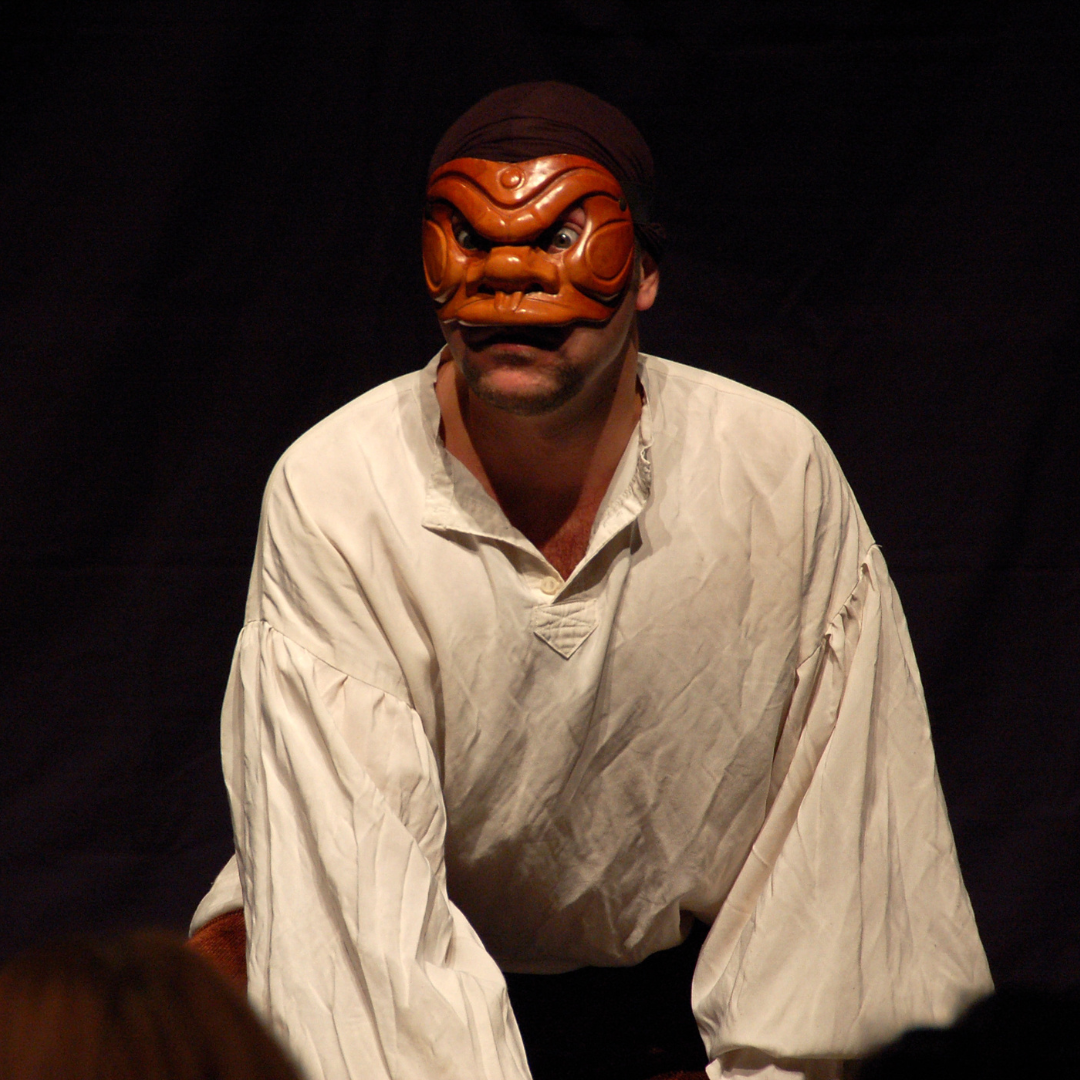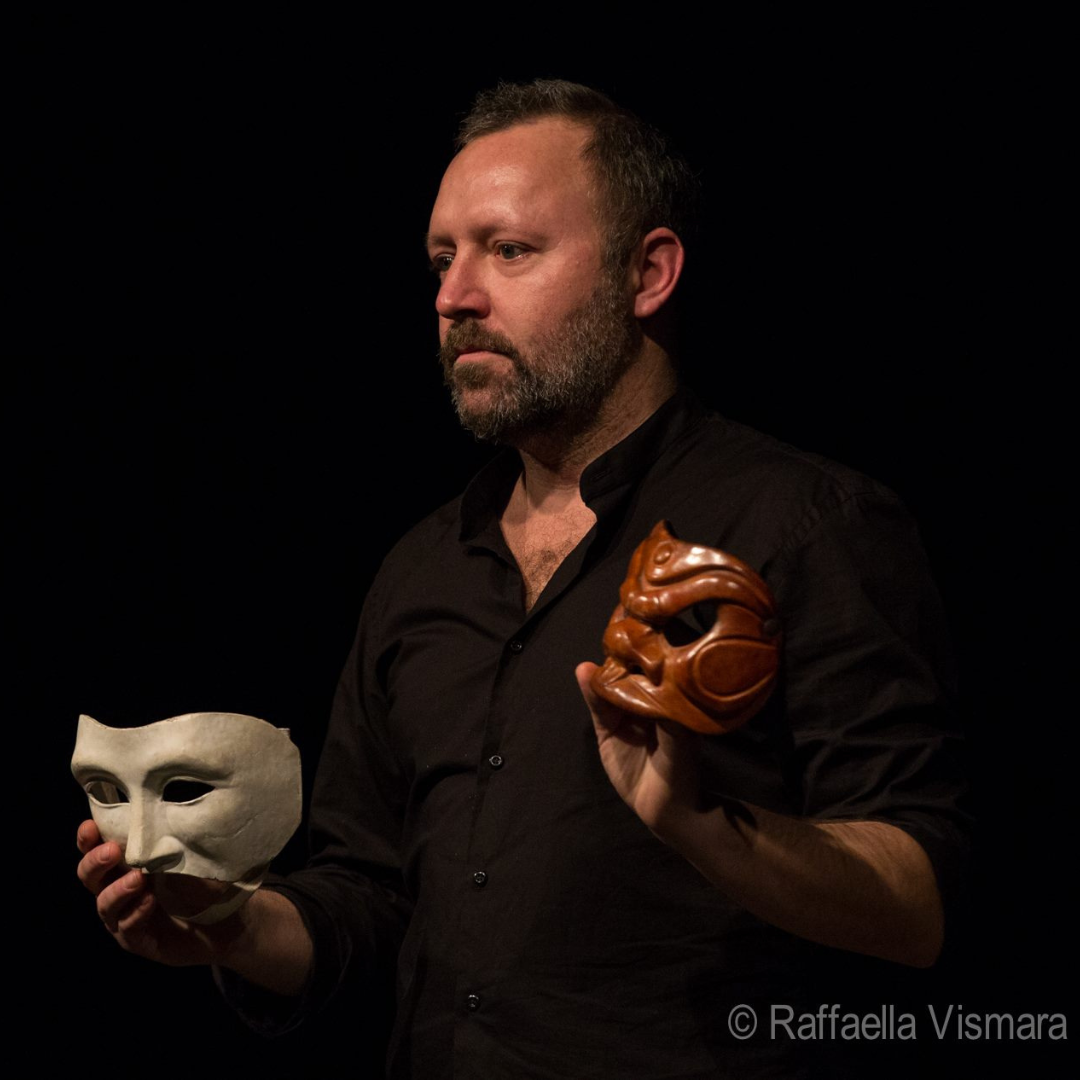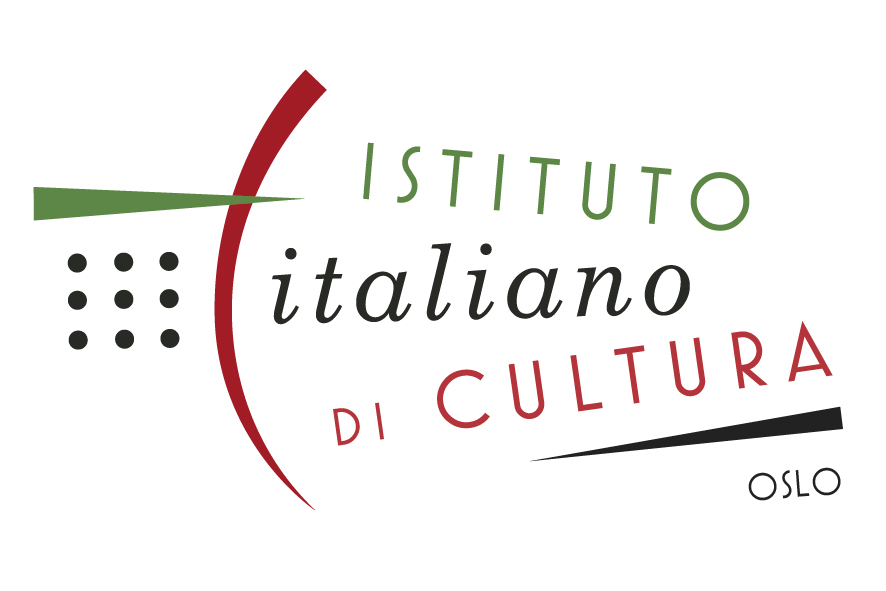
Contemporary Commedia Dell’Arte
- Pris 2000
- Sted Oslo
- Startdato 12/02/2024
- Sluttdato 16/02/2024
- Starttidspunkt 10:00
- Sluttidspunkt 17:00
Kursbeskrivelsen er på engelsk, da kursets arbeidsspråk er engelsk.
This 5- day intensive workshop aims to introduce the fundamental building blocks for creating and performing the Commedia Dell’arte. The students will work with original Commedia leather masks, and the workshop ends in a work-in-progress performance at Nordic Black Theatre.
Commedia Dell’arte began in Italy during the first half of the sixteenth century, and went on to become the primary form of theatre performed by professional actors. Unlike modern theatre, where set lines and cues are set down in a script, most Commedia performances follow what is known as a «canovaccio»; a kind of outline, or collection of sketches that provides the fundamental framework for the action, the themes, the entrances and exits, etc. Commedia actors improvise, following the structure of the canovaccio and the fixed characteristics of their own characters. In learning to perform Commedia, the actor must know perfectly his own instrument (in this case, the body and the mask) and he must also know and respect the rules of the game he’s involved in.
Commedia is not a style of theatre, but a method of theatrical creation. The goal of this course is to methodically walk the students through all of the necessary techniques and understandings needed to effectively and authentically perform Commedia.
We start out with the characters of Commedia. We will work physically to find each character’s essential shape and movement. Students are introduced to the masks, and we explore techniques of using them effectively. Students are also given a thorough understanding of the history of Commedia and the historical scenarios that feed the situations used in performance.
Once the students have been brought to a comfortable familiarity with the characters and the technique of Commedia performing, we move on to simple improvisations, adding new theatrical techniques as we go, such as the use of props and music, and techniques of stage fighting.
Finally, students begin to write their own canovaccio, and we study the actual technique of assembling a Commedia performance, step by step. At this stage of the course, each day ends with the students presenting their work in the form of a “show.”
COURSE DETAILS
First, character work begins with rigorous physical exercises designed to help the student find the “scenic presence” and “physical structure” of the character and ensure the effectiveness of the masks. This part focuses on:
Conscious Movement
- Mirror exercises
- The elements of the movement (shape, rhythm, speed, power)
- Physical interpretation
Introduction to Acting with Masks
- Historical introduction to Commedia dell’Arte
- Meanings and symbols of the Mask
- The 3 positions (domination, collaboration, submission)
- Dilatation of body tensions to rebuild a “new scenic body” for the actor, an ‘alternative’ body created expressly for the stage and for the effectiveness of the mask.
- Improvisations with the mask without facing the specificity of each character.
Next, students move on to improvisations on simple themes, from basic entrances, introductions and exits, to character interactions, such as two servants meeting, the Captain and his servant training for war, and so on.
Theatrical Techniques and Props of Commedia
- Use of Zanni’s tool – the batocio, or “slapstick”
- Commedia fighting techniques
- Use of music on the stage
- The aesthetic of “ritardo” (“the late”)
- Theories and techniques of the lazzo (“the joke”)
- The Slapstick Comedy
- Realism
- Le macchine (the “mechanics of the body» of Commedia dell’Arte)
The Canovaccio System and the Assembly of the Show
After working with these simple improvisations, we will begin an analysis of historical canovacci. Then the students themselves will work on creating their own original canovacci. Roles will be assigned, and the students will begin the actual process of developing the show:
- Improvisation of the scene in question from the canovaccio
- Analysis of the improvisation
- Recovery of the ‘good’ scenic material (material that is effective for the goals of the show)
- Repetition of the material selected from the improvisation, and fixing of the scene
- Improvisation of the subsequent scene
- Analysis of the improvisation
The workshop ends with an open, work-in-progress performance at Nordic Black Theatre.


